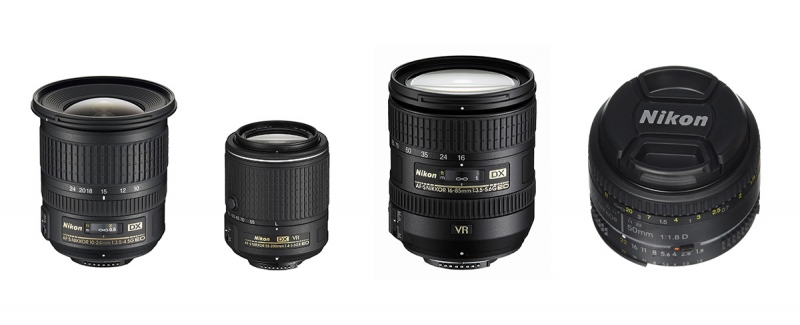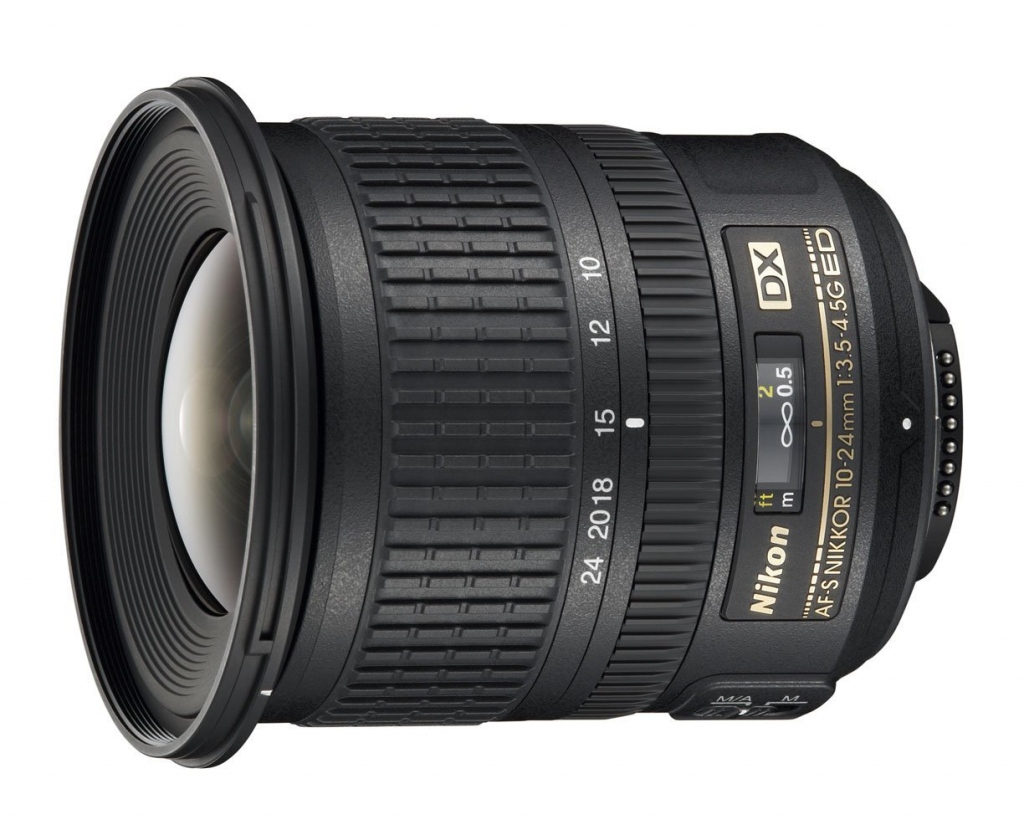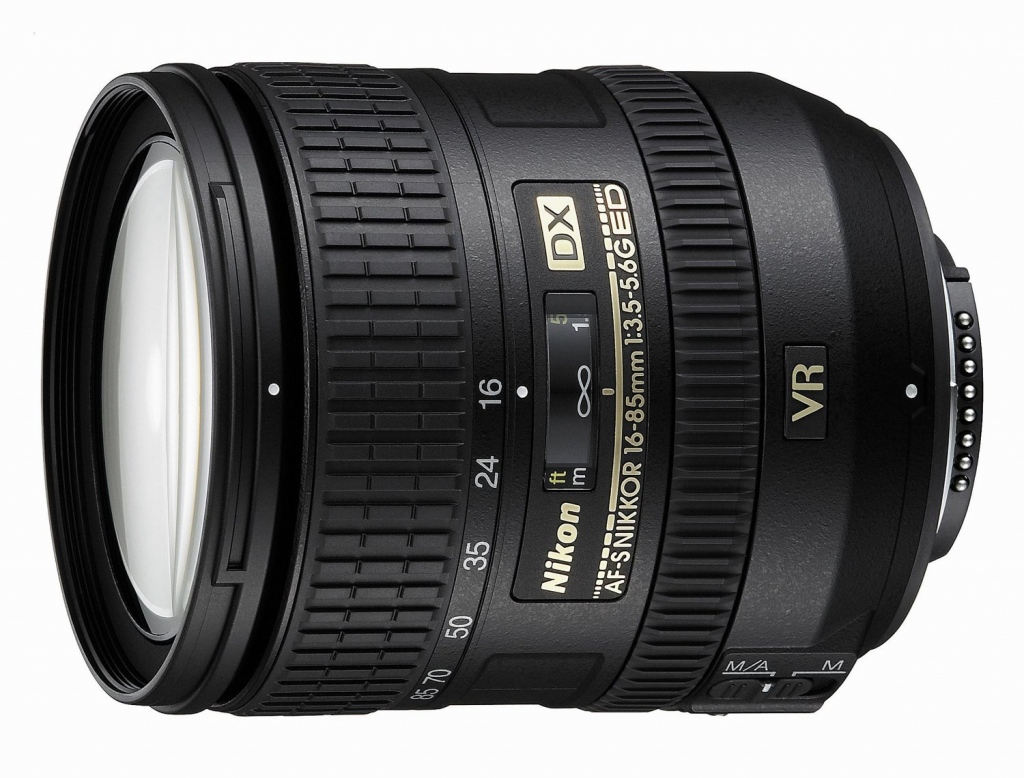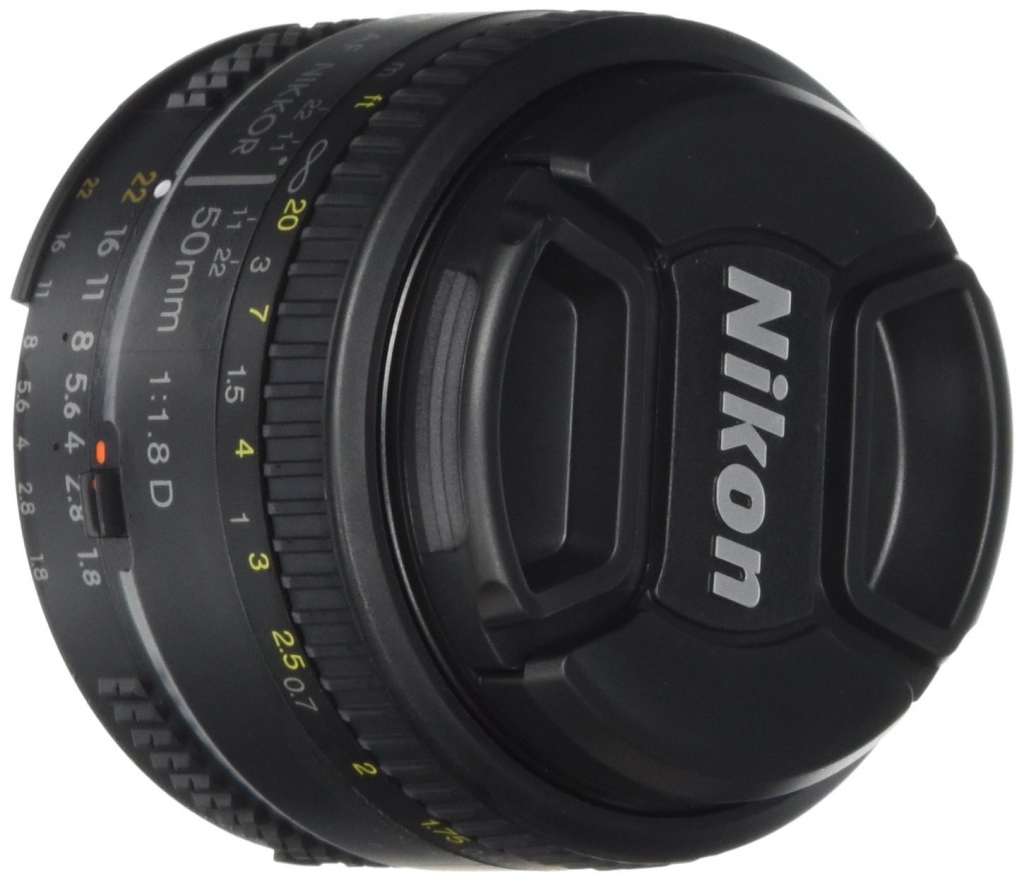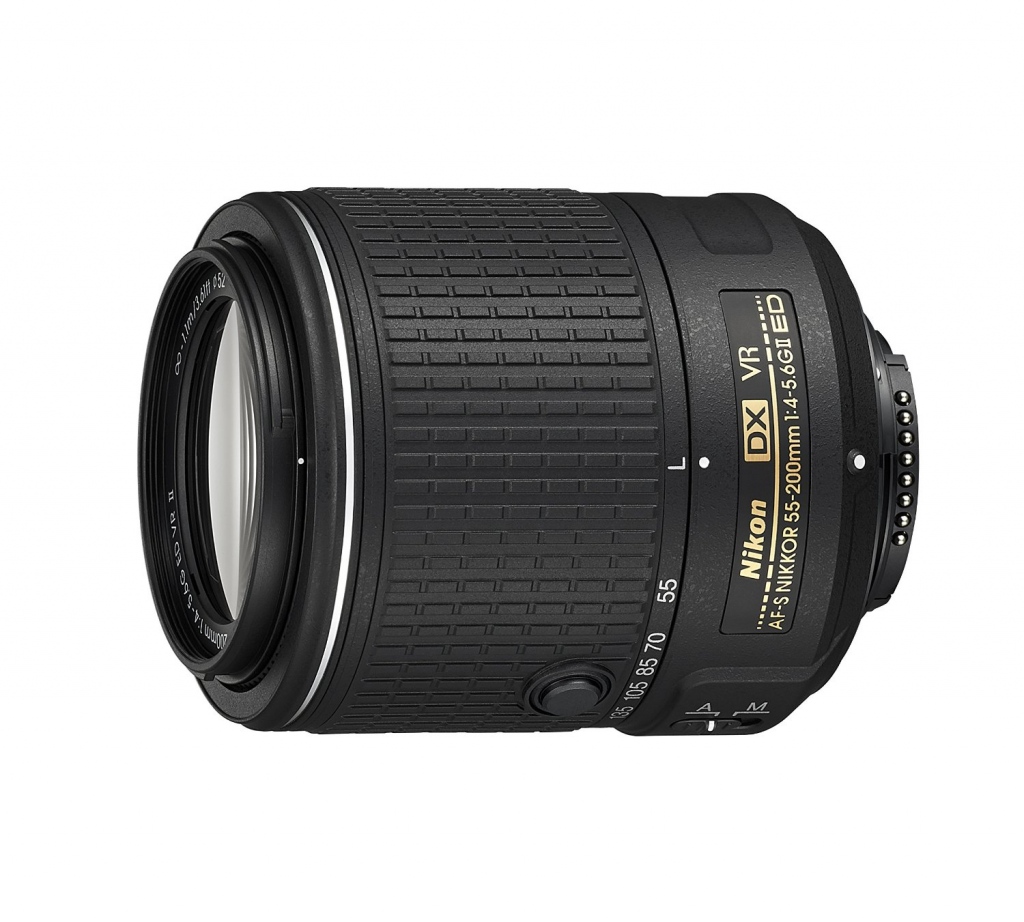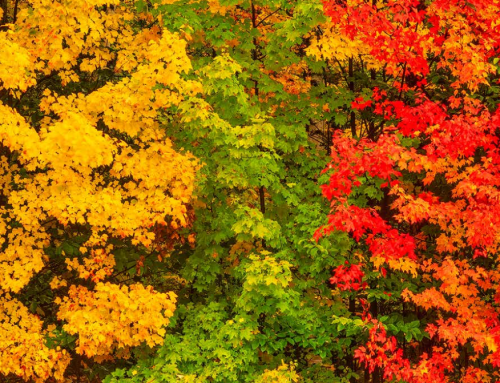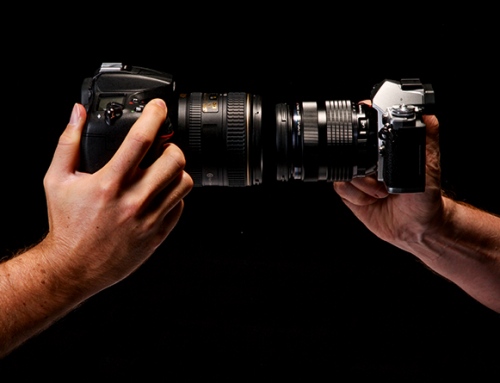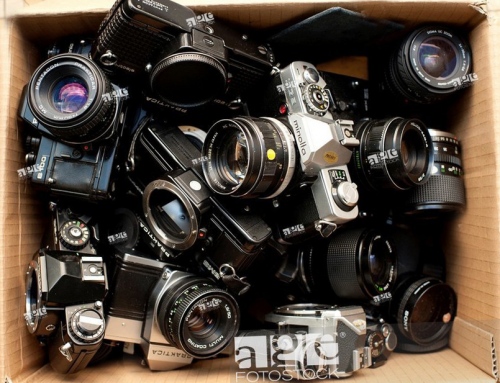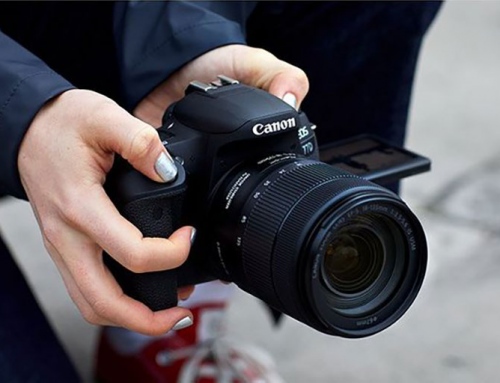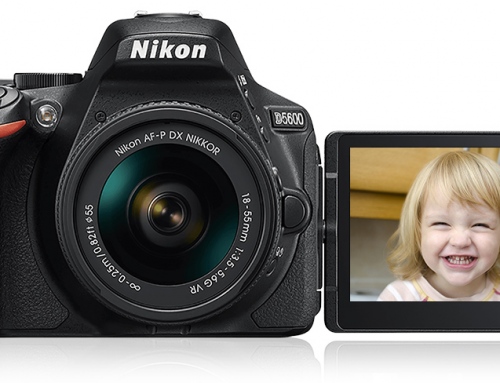Nikon has an excellent lineup of crop-sensor APSC cameras. From the excellent D3300 for beginner needs to the top-of-the-line D7200 and D500, Nikon has a camera for all your needs. But it doesn’t end there. With a great camera body, you need a lens to match.
In this article, I will introduce you to the 4 Nikon lenses you will need to cover any type of photography situation – from wide angle landscapes to small and compact street photography.
Nikon 10-24 mm f/3.5-4.5G ED
At around $900, this Nikkor is probably the most expensive DX lens in this list. But if you can buy this one, you should. Perfect for all your wide angle needs, this lens covers the whole ultra-wide to wide focal lengths. This lens will also give you better close-focusing capabilities and offer a bigger view for interior and architectural photography.
This 10-24mm lens features two extra-low dispersion (ED) lenses and three aspherical lens elements to reduce chromatic and spherical aberrations. Nikon coats their glass with their own Super Integrated Coating that makes light transmission more efficient, reducing ghosting and flare.
Autofocus is also not a problem for this lens. With the silent wave motor in-built, this lens will work even with lower end DX models like the D3200 and D5200. You also get the M/A focus switch for manual focus override. Moreover, with auto-correction in almost all cameras and tools like Photoshop, the slight distortion will also be easily corrected.
Nikon 16-85 mm f/3.5-5.6G ED VR
If you can carry just one lens with you on a trip, carry this one. From 16 mm wide to 85 mm normal, this lens will do well in any kind of situation. The Silent Wave motor and the Vibration reduction are big bonuses, and give great sharpness with quick and quiet focusing.
One of the sharpest travel zoom lenses you can buy, this will be a huge upgrade from your kit lens. The only downside of this lens is that it is a bit pricey, with a tag of about $700. But I am sure that once you make an investment on this, its versatility and performance will compensate for it.
If your budget is a bit more and you need excellent low light performance, you can even check out the Nikkor 16-80 mm f/2.8-4 VR Lens, which has about the same range but a bigger aperture value.
Nikon 50mm f/1.8 (D or G)
A nifty fifty is an essential in every camera kit. Beautiful bokeh, low price and a very small size – a 50 mm focal length will give you the best length for portraits and discreet street photography.
The 50 mm f/1.8D is an older model, and actually designed for FX bodies. For a price of less than $200, you get amazing optical performance. The only con is that it won’t autofocus on lower-end Nikon bodies, as the lens does not have an internal AF motor. You’ll need a Nikon D7000 or above for autofocusing on this great prime lens.
The 50 mm f/1.8G is the newer model of the 1.8D, and has a better build quality and an internal focusing motor. Even this lens is one of the cheapest you’ll ever find, but the disadvantage is that it has a little more distortion.
Both the lenses are great, and you should choose one according to your camera. If you need autofocusing and have an enthusiast Nikon body, you should go for the G. If manual focus is your thing or if you have a focusing motor in your camera itself, go for the D, which will give you the same performance with lesser distortion.
Nikon 55-200 mm f/4-5.6G ED VR II
With this telephoto lens, your kit will be fully complete. If you are okay with the lens being of average plastic build, there is probably no better telephoto at this price point, that too with Vibration Reduction. The range is very good, and so is the sharpness when compared to usual zoom lenses. Another great thing is that this lens is collapsible, which means it’ll shrink and become a lot smaller when closed, which makes it a handy travel zoom.
So long as you’re careful not to break the plastic lens mount, this is an extraordinary lens. The 55-200mm VR II zooms easily and precisely. The zoom range is well spaced and there is a lot of room to turn. It focuses reasonably quickly, but not as fast as more expensive lenses. This lens should be more than good enough for chasing kids playing sports.
If your budget is more and you need extra range, you can also consider the 55-300 mm f/4.5-5.6G ED VR. It may not be good in low light because of the smaller maximum aperture of just 4.5, and the slow autofocusing. But it offers a longer range and a better build.
If you don’t really need 300mm, the 55-200 mm VR II is the same as this 55-300mm lens, except for the plastic mount and 200mm maximum length, for about half the price.
So, with these 4 lenses, the list of best Nikon lenses for DX cameras ends. There are many more lenses, but looking at the major factors like optical quality, price and sharpness, you will find that these 4 will match your needs perfectly.
Choose the lens you want keeping in mind your needs and style of photography. It is not always necessary that the most expensive equipment will make the best kit.
